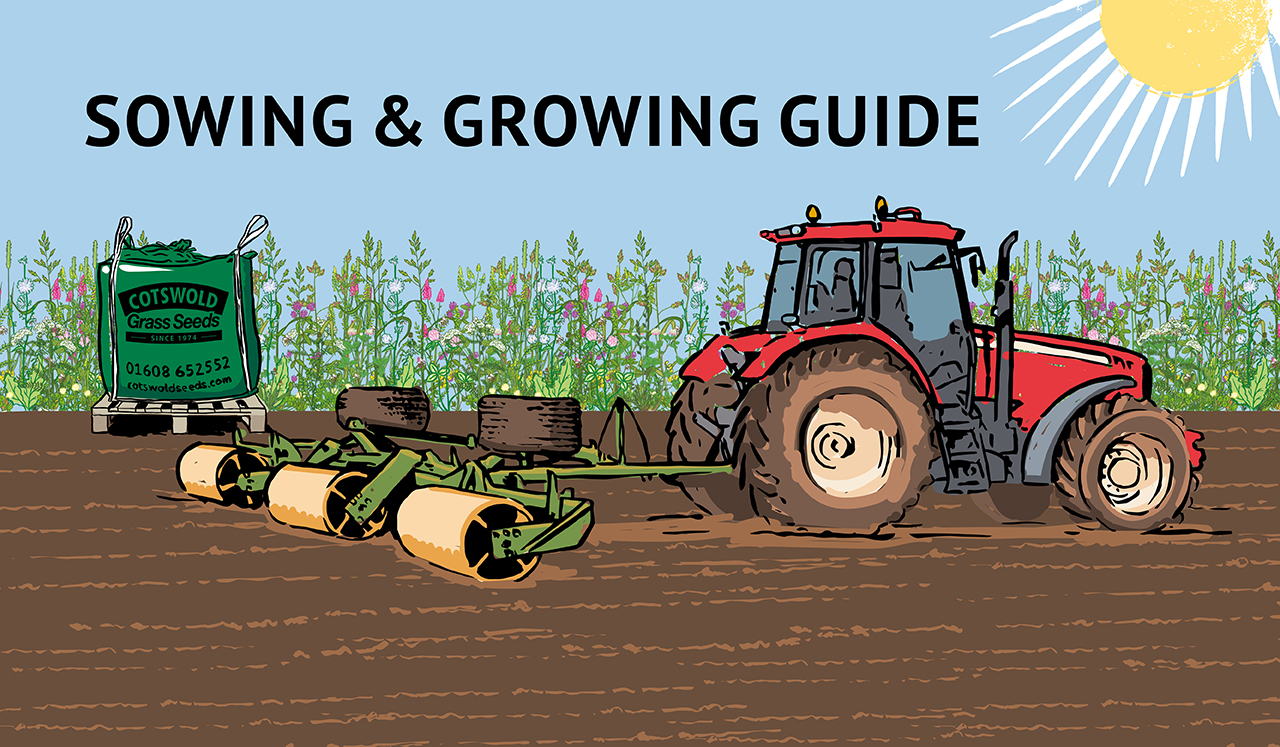

Plantago Lanceolata (Ribgrass) is a very popular perennial forage herb, It can be mixed with regular grassland species to increase grazing quality, and with deep roots it is also popular in mixtures for lighter land.
It is also known as Plantain or narrow leaf plantain; it's used in diverse grazing mixtures and occasionally pure stands. Ribgrass is a mineral rich plant, with deep drought tolerant, soil conditioning roots. It has a high protein content of around 20%, which helps meat and milk production.
When to Sow: Sow from April until early September.
Sowing Rate: 1 g/m2 - 4 kg per acre - 10 kg per ha. A particularly small seed, many seeds per kg. Occasionally planted as a specialist pure stand sward.
Preparation: Aim to cultivate the top soil to about 5cm, with a light cultivator or discs. The finished seedbed should be fine but firm, with no clods. Several passes with a cultivator may be needed to achieve this.
Sowing: Ribgrass should be shallow sown at around 1 cm deep. The soil should be rolled after sowing to increase soil moisture contact with the seed.
Management: Heavy trampling or constant grazing could damage the plant in the sward and reduce plant numbers. However it does not have the same woody growth issues as chicory as it matures.
Ribgrass can flower and seed in early summer, which may lead to a proliferation of seedlings if the plant is allowed to mature and go to seed.
Date Posted: 12th May 2023



